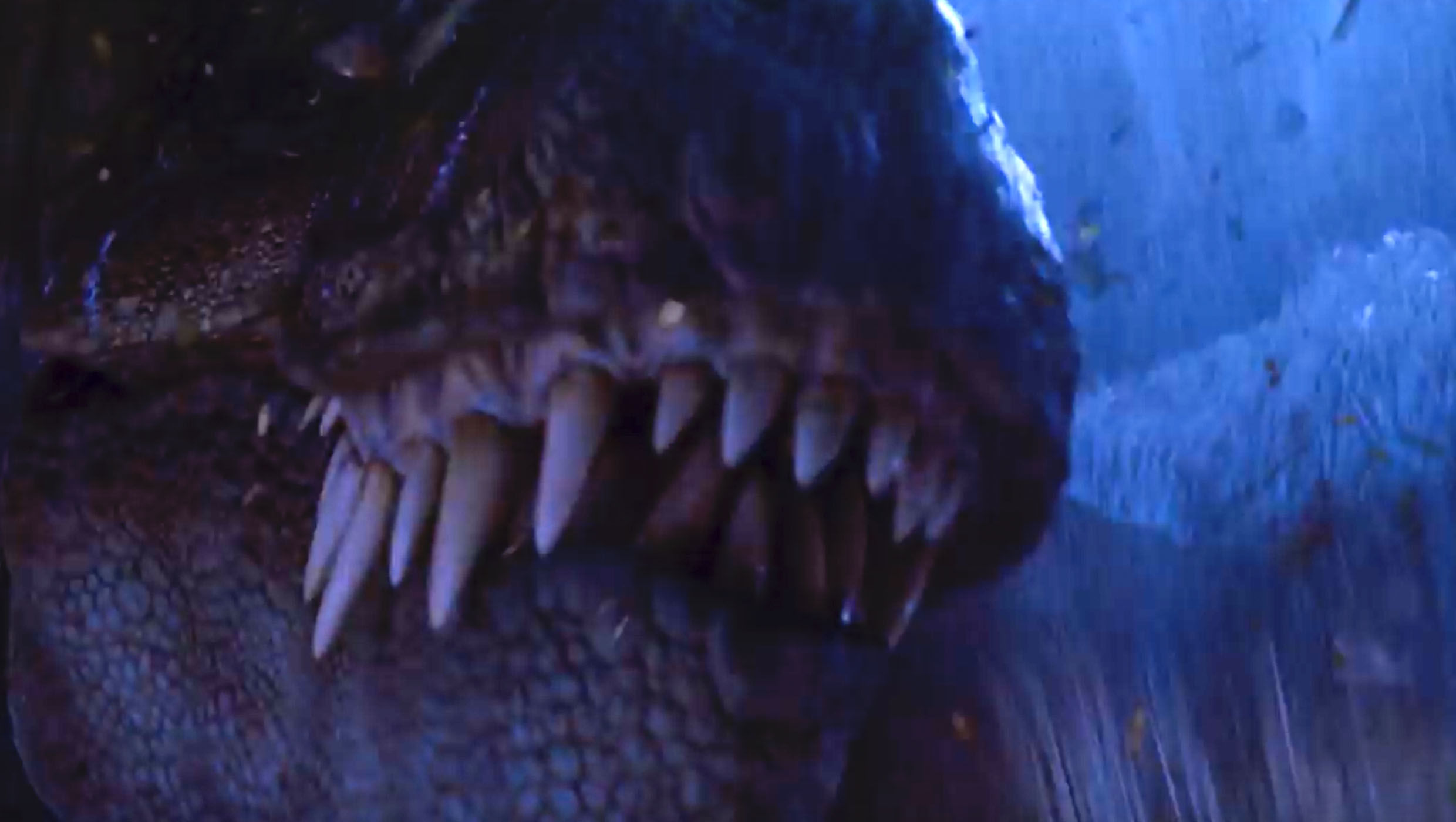Create a free profile to get unlimited access to exclusive videos, sweepstakes, and more!
T. rexes were tyrannical teens with monster growing pains

When you think of a Tyrannosaurus rex, you probably imagine a hulking creature trampling everything in sight like a sort of reptilian Bigfoot. What doesn’t typically come to mind is that same beast going through its terrible teens.
Nightmarish museum skeletons and the Jurassic Park franchise might be partially to blame for how we see T. rex — only as an adult. There was very little known about its growth process because anything smaller than that was just not of much interest. Now a research team who dug up the bones of two juveniles (nicknamed “Jane” and “Petey”) from the storage room of the Burpee Museum of Natural History in Rockford, Illinois, is giving us a drastically different picture of the tyrant lizard as a teen.
“Identifying the timing of growth acceleration and empirically quantifying juvenile T. rex growth rates are of special importance because the juvenile growth record is lost in older individuals because of bone remodeling and resorption,” said team lead Holly Woodward and colleagues in a study recently published in Science Advances.
Specimens like Jane and Petey were either assumed to be a pygmy subspecies of T. rex, usually just stashed in the backs of museums because they weren’t as impressive and imposing as a 40-foot behemoth with a head almost the size of most humans. Turns out what were assumed to be examples of another tyrannosaurid were actually a 13- and 15-year-old who perished before they could reach maturity at about 20. Such bones were previously thought to belong to a new genus, Nanotyrannus. Tyrannosaurus was later merged with Nanotyrannus to support the theory that these were actually the remains of a teen T. rex.
After studying microstructures in the bones, the team came to the conclusion that T. rex is the only real tyrannosaurid. They found morphological features of the smaller dinosaur’s skull to be similar to that of the adult. This canceled out the argument that the teenager was actually a skeletally mature pygmy species. While a common assumption is that T. rex would fast-forward to a huge size relatively soon, the reality is that it was a late bloomer which typically reached full size during the final phases of skeletal growth.
“Because T. rex attained its great size late in [its development], many aspects of its biology likely differed between juvenile and adult individuals, leading to hypotheses that … prey size [was] a function of body size,” the team concluded.
Not that Jane and Petey weren’t vicious. They still had dagger teeth made for slicing, and were much faster on their feet so they could catch smaller, faster prey. They could puncture bone but not crunch it. If they had made it to adulthood, they would have transformed into bone-crushing predators made to smash the meat and bones of much larger and slower prey that couldn't escape. Growing T. rex could also adapt to an abundance or scarcity or prey. If there wasn’t much to eat, their growth rate would slow down. They would grow dramatically when there was plenty of fresh meat to sink their teeth into again.
If there was a reality show called Growing Up T. rex, it would probably go something like this. Fleet-footed therapods about the size of draft horses sprint over the Cretaceous landscape in pursuit of their next meal. Maybe one of them catches a small mammal or dinosaur in its jaws while on the run. They grow gradually over the course of the series. As prey becomes scarce, they stop growing until a resurgence in prey leads to a growth boom. Now they’re competing with bigger adversaries for bigger pieces of meat, kind of like the inevitable clash of cliques in high school. It’s all the adrenaline and frustration that go with dino-puberty.
Too bad the whole extinction thing means we’ll never get to watch that reality show.
(via Science Advances)


























